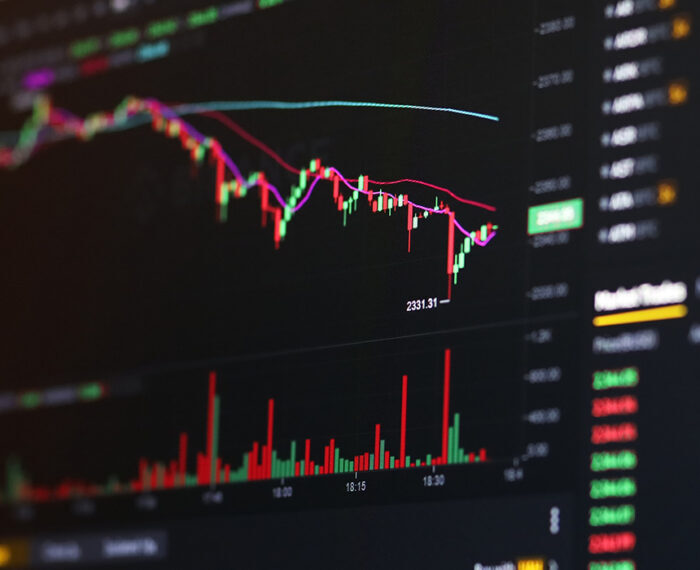Futures trading is a dynamic and versatile investment strategy that allows traders to profit from price movements in a wide range of asset classes, including commodities, currencies, indices, and interest rates. While futures trading can be lucrative, it’s essential to understand its mechanics, risks, and potential rewards before diving in. In this article, we’ll demystify futures trading, explore how it works, and discuss strategies to help traders profit from price movements in the financial markets.

Understanding Futures Trading
Futures trading involves buying or selling standardized contracts that obligate the buyer to purchase, and the seller to sell, a specified quantity of an underlying asset at a predetermined price and date in the future.
These contracts are traded on regulated futures exchanges, providing liquidity and transparency to traders seeking to hedge risk or speculate on price movements. Unlike stocks or ETFs, which represent ownership in a company or a basket of assets, futures contracts are derivative instruments that derive their value from an underlying asset, such as crude oil, gold, or the S&P 500 index.
Mechanics of Futures Trading
To participate in futures trading, traders must open a brokerage account with a futures broker and deposit an initial margin, which serves as collateral for their trades. Margin requirements vary depending on the asset class and the level of leverage desired by the trader.
Once the account is funded, traders can place orders to buy or sell futures contracts based on their market outlook and trading strategy. Futures contracts are standardized in terms of contract size, expiration date, and delivery specifications, making them highly liquid and tradable instruments.

Strategies for Profitable Futures Trading
There are several strategies that traders can employ to profit from futures trading, depending on their risk tolerance, investment objectives, and market outlook.
One common strategy is trend following, which involves identifying and riding trends in the market, whether they’re upward (bullish) or downward (bearish). Another strategy is mean reversion, which involves capitalizing on temporary deviations from the long-term average price of an asset.
Additionally, spread trading involves simultaneously buying and selling related futures contracts to profit from the price difference between them. Regardless of the strategy employed, it’s essential for traders to have a clear trading plan, strict risk management rules, and the discipline to stick to their strategy even in volatile market conditions.
In conclusion, futures trading offers traders a unique opportunity to profit from price movements in a wide range of asset classes. By understanding the mechanics of futures trading, exploring different trading strategies, and practicing disciplined risk management, traders can increase their chances of success in the futures market.
Whether it’s trend following, mean reversion, spread trading, or a combination of strategies, proactive and informed traders can capitalize on market volatility and price movements to achieve their financial goals through futures trading.


